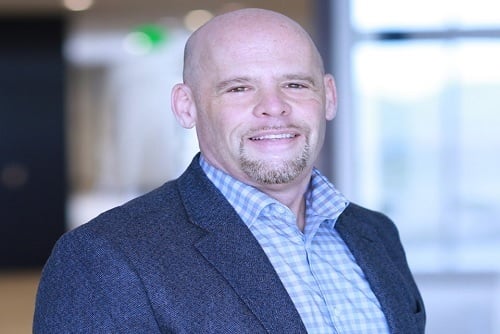

The world of catastrophe modelling has gone through a major evolution in the years since Hurricane Andrew made landfall in Florida in 1992, prior to which modelling companies were struggling to convince the insurance industry of the value of catastrophe models, according to JLT Re. While the basic components of models have remained the same over this time, the sophistication and range of products has changed for the better, thanks in part to increasing computer processing power as well as the availability of high resolution hazard data.
Today, insurance companies, in particular property and casualty insurers, are keen to know how individual weather events will affect their portfolios, though how climate changes over time is also of interest.
“Individual weather events, if you tally them up across the years and decades, all of that together describes climate,” said Pete Dailey, VP and lead on Americas Climate Models for the catastrophe risk modeller RMS. “Climate is the total compilation and the statistical representation of all of those individual weather events. While our clients are very interested in individual events as they happen, they’re also interested in whether climate is influencing the frequency and the severity of those events going forward.”
Insurance companies have to respond to events, in terms of paying claims and preparing for the coming year as they sell policies, but they’re equally interested in how events are modulating over time due to climate, added Dailey. Nonetheless, large insurance companies, reinsurance companies and brokers all have different needs when it comes to assessing catastrophe risk.
“Their pain points are very different and they span different timescales. The time horizon for a primary insurance company, especially a small one, will mainly be the coming year or the coming two or three years in terms of planning a strategy, whereas a reinsurance company is very much interested in extreme events,” he said. For the entirety of the industry, however, “climate change is bringing new questions to insurance companies that they haven’t had to answer before.”
For example, as the earth warms and the air is able to hold more moisture, that will likely lead to a higher intensity of precipitation events, which can come in forms like tropical storms, thunder storms, winter storms, and hurricanes. RMS in turn looks at translating all of the scientific information into something that can be useful for an insurance company, such as a precipitation model.
In Canada, while the population isn’t as impacted by hurricanes or tropical storms as the southern US, Canadians still have similar exposures that the insurance industry is trying to stay on top of via risk management.
“Most of the exposure and population of Canada is in southern half along the US border, especially on the east and the west coast, so to a great extent, the perils that affect the northeast and northwest US are very pertinent to Canada, and that includes winter storms, severe convective storms, which are a springtime/early summer phenomenon in Canada, and hurricanes,” explained Dailey. “Everything that we can view with regard to climate change by peril, which includes severe convective storms, flooding, winter storms and even hurricanes, are just as applicable for Canada as they are the US.”
What differs between the Canada and the US is the recognition of climate risk as an important research endeavour by the government, which can change the tone of the conversation around climate.
“Both Canada and Europe today are more in tune and on top of the topic of climate change – with regard to how businesses operate, and individual homeowners and consumers, and how they operate – than the US and that is partly due to the four-year election cycle in the US,” said Dailey.
Another challenge in modelling today is the expectation from insurance companies that they’ll know exactly how much their risk is going to increase in percentage or dollar terms.
“It’s not that simple because we can come up with a mean or average expected outcome, but there’s going to be a fairly wide range of uncertainty around that outcome,” said Dailey, outlining that RMS experts will quantify the expected outcome, and then identify both the best and worst case scenarios. “Without the quantification of the uncertainty, it’s a little bit misleading and actually can be worse than having no information at all, if you’re running with just the mean or the expected outcome without recognition of the range of uncertainty.”
Catastrophe models can thus be effective tools, but they come with an owner’s manual and users have to understand the uncertainty that goes along with those results.
“We have to be careful communicators of that information and we have to be arbiters of the models when they’re used in an unconventional way,” said Dailey, “but I do believe that among all of the industries that look at risk, view risk, assess it and try to quantify it, catastrophe modelling firms are in a really strong position because we already have those different domains in those models.”
